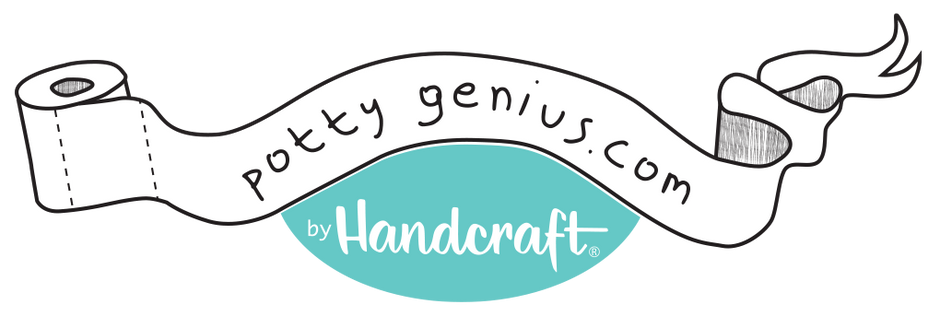
Elimination Communication During Potty Training
Elimination communication, a method for infant potty training is commonly used in tribal communities, hunter-gatherer cultures, and less industrialized societies. It is growing in popularity in the United States, as it helps reduce the economic and environmental impact of disposable diapers. The average American child is out of diapers at around 3 years old, where those that use elimination communication are typically out of diapers by 18 months with some “trained” as early as 6 months.

